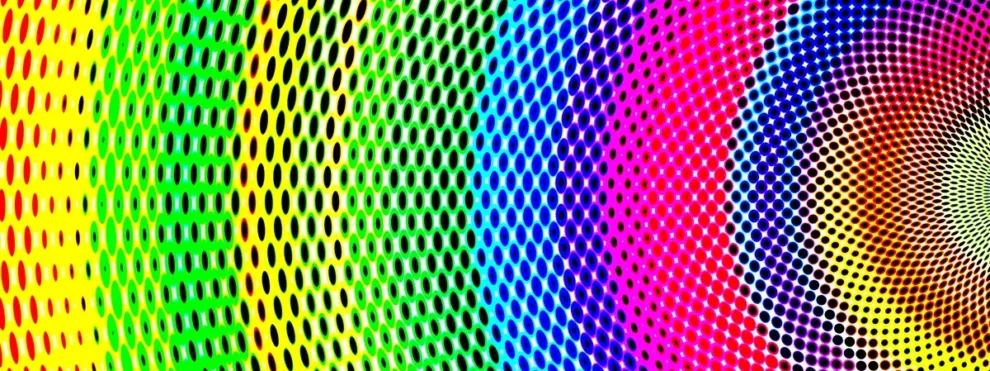In conjunction with Cytek and Bio-Rad, KCAS Bio will host an open house on Tuesday, June 18th from 10:00am to 5:00+pm at:
KCAS Bio
Spring House Innovation Park
727 Norristown Road. Lower Gwynedd, PA 19002
Parking is Directly Next to Building 4 and Building
This packed event includes:
- Presentations: KCAS Bio, Cytek and Bio-Rad will all take the stage to cover topics such as:
- Assay Design for Spectral Instruments (10:30a – 11:00a)
- Assay Transfer: Conventional to Spectral (11:00a – 11:30a)
- Starbright Dyes for Spectral Panel Design (11:30a – 12:00p)
- Receptor Occupancy Validation (1:30p – 2:00p)
- Long Stability Cocktail Prep for Longitudinal Analysis (2:00p – 2:30p)
- Data Acquisition and Troubleshooting (2:30p – 3:00p)
- Spectral Unmixing Impact Across Panels and Matrices (3:00p – 3:30p)
- Harmonizing instruments across multiple sites (4:00p – 4:30p)
- Tours and Demonstrations: Cytek will demo the Cytek Orion and Cytek Aurora. Lab tours are planned for the following times:
- 10:30 AM
- 12:00 PM
- 12:30 PM
- 1:00 PM
- 2:00 PM
- 3:30 PM
- Lunch will be provided
- Networking / Social Hour at the end of the day!
Please register in advance by filling out the form below.
KCAS Bio speakers:
Development and Validation of Receptor Occupancy (RO) Assays: Challenges and Approaches
Presented by Heather Evans, Ph.D., Clinical Document Management Specialist, KCAS Bio Philadelphia
Receptor occupancy is a critical readout for understanding the relationship between pharmacokinetics and patient responses during clinical trials. Flow cytometry is uniquely well-suited as a platform for assessing RO, but the development and validation of RO assays poses several unique challenges. We address best practices for approaching these challenges to develop a robust and well-characterized assay, with an emphasis on quantitation.
Case Study: Development and Qualification of Customized 18-color Panel for Urine Cell Analysis
Presented by Natalie Carroll, Scientist III, Associate Director of Flow Cytometry Services, KCAS Bio Philadelphia
In this case study, we discuss the development and qualification of a custom 18-color flow cytometry panel for analysis of cellular infiltrate in fresh human urine samples. We describe how we leveraged our consultative approach to respond to client needs during the development and optimization phase, including transitioning the panel from a conventional flow cytometer to a spectral instrument. We also detail some of the challenges associated with developing a panel for urine cell analysis and how we leveraged our expertise to address them.
Comparing the Impact of Unmixing Across Immunophenotyping (IP) Panels
Presented by Nassouh Mourabet, Scientist III, KCAS Bio Philadelphia
As spectral flow cytometry panels become increasingly complex, understanding factors that affect reference control longevity are a key factor in improving laboratory workflows and increasing process efficiencies. Understanding the constraints around using reference controls over the long term is a critical aspect to effective implementation. We present results from a recent validation of two IP panels in PBMCs on the Cytek Aurora. We analyzed the impact of different fixation buffers on the efficacy of reference controls over time. Additionally, we performed a longitudinal comparison of reference controls and samples prepared with the same antibody lots to assess longevity. Lastly, we discuss additional parameters to consider when developing best practices for single stain reference controls.
—–

